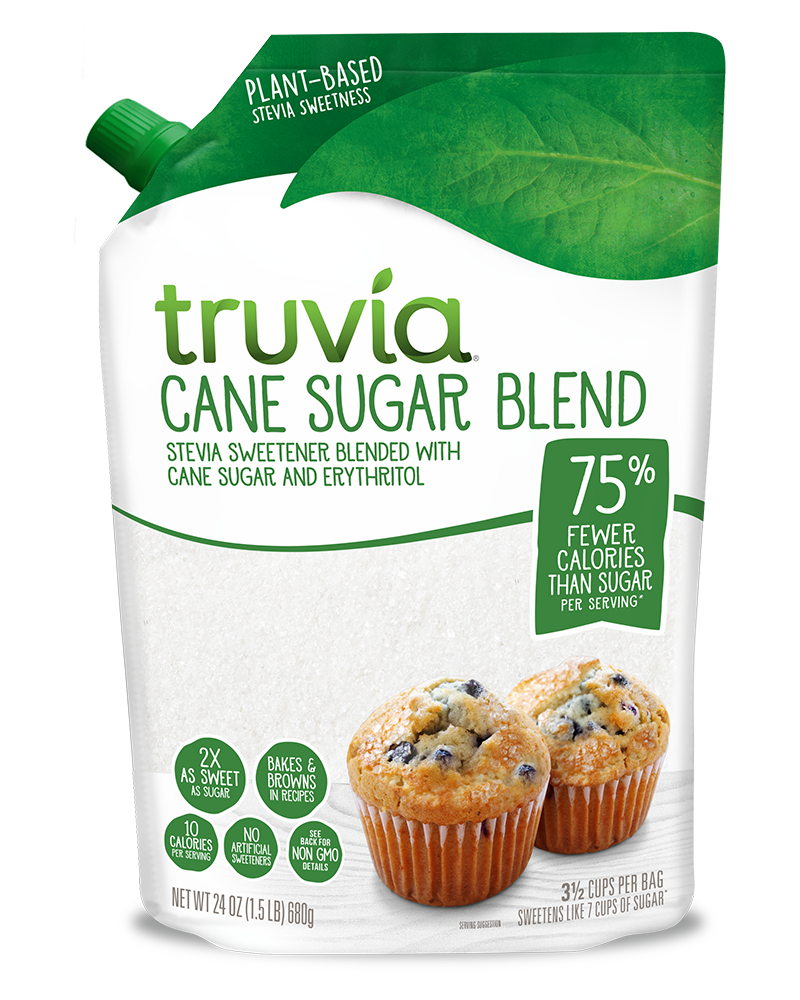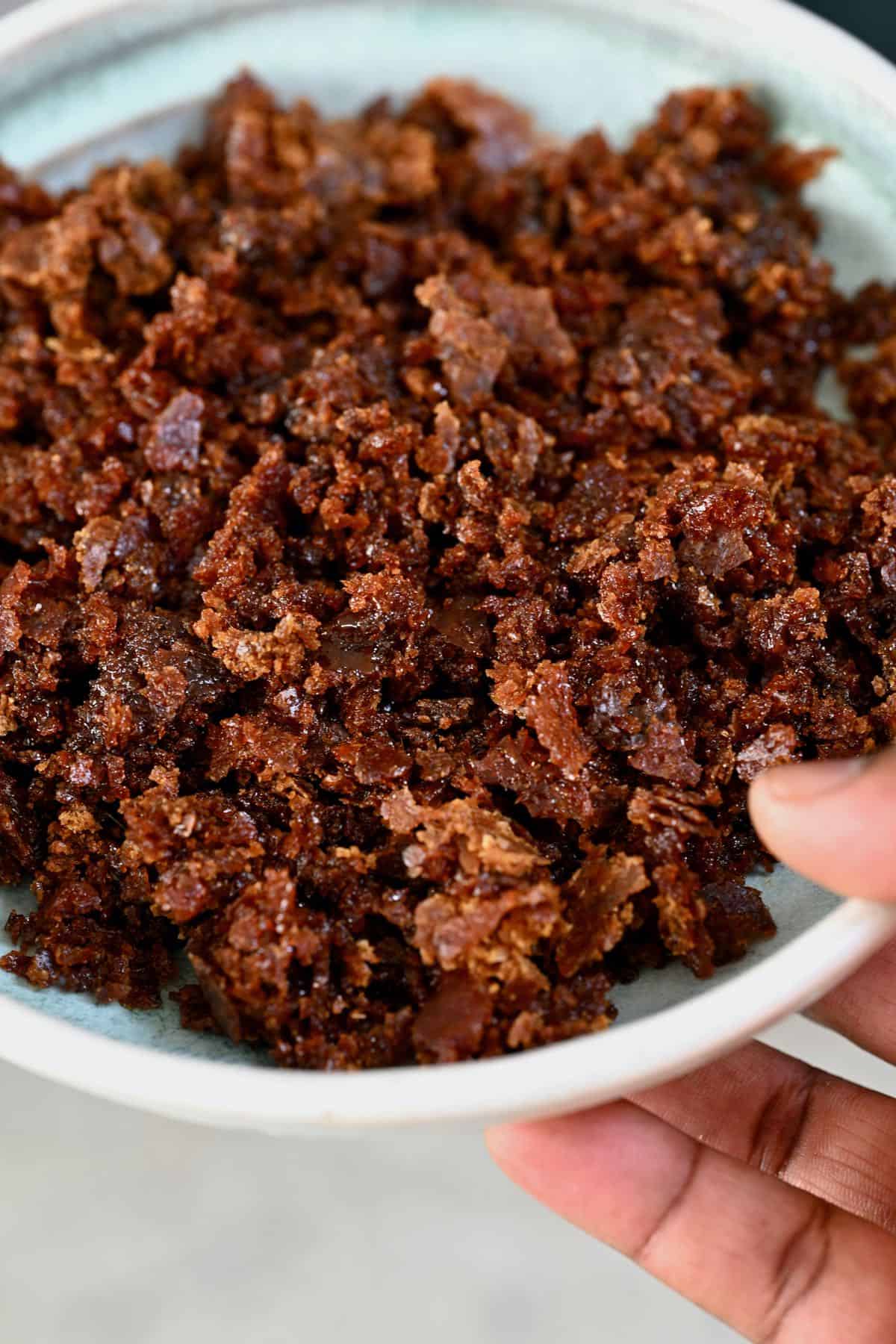Cane Sugar Processing: Secret Technologies for Superior Sugar Manufacturing
Cane Sugar Processing: Secret Technologies for Superior Sugar Manufacturing
Blog Article
Understanding the Essential Methods and Technologies Employed in Modern Walking Stick Sugar Handling
The evolution of walking cane sugar processing has actually been considerably formed by the combination of sophisticated strategies and technologies that attend to both effectiveness and sustainability. Enzyme-assisted extraction and advanced refining approaches have actually transformed return optimization, while automation facilitates operational integrity. Additionally, the focus on lasting practices mirrors a growing recognition of environmental influence. As we discover these important developments, it comes to be necessary to check out how they not only boost production but likewise line up with more comprehensive sector trends and customer needs, raising questions regarding the future of sugar processing and its ramifications for global markets.
Historical Context of Cane Sugar Handling
The historic context of cane sugar handling discloses an abundant tapestry of farming advancement and cultural exchange that has formed its advancement over centuries. Coming From in Southeast Asia, sugarcane was cultivated as early as 8000 BCE - Cane Sugar Processing. The procedure of refining and removing sugar obtained energy in India, where methods for formation were improved around the 6th century. This expertise went across to the Center East, and by the 12th century, sugar came to be a valued product in Europe, resulting in the facility of sugar vineyards in the Mediterranean.

Advanced Extraction Techniques
Effectiveness in walking stick sugar extraction has seen significant developments, driven by the need for higher returns and reduced production costs. Conventional methods have evolved, offering means to ingenious innovations that improve the efficacy of the removal procedure. One noteworthy improvement is the use of enzyme-assisted extraction, in which certain enzymes break down cell wall surfaces and release more sucrose from the walking stick fibers. This method not only boosts sugar yield yet likewise reduces the power required for processing.
Additionally, the fostering of membrane filtering technologies, such as nanofiltration and turn around osmosis, has actually transformed the splitting up of sugar from impurities. These approaches allow for the careful permeation of sugar particles while maintaining larger pollutants, simplifying the extraction procedure and minimizing waste.
Additionally, the integration of constant removal systems has caused boosted operational efficiency. Cane Sugar Processing. These systems keep a consistent flow of walking stick product, ensuring optimal extraction conditions and lowering downtime associated with batch processing
Ingenious Refining Technologies
Refining strategies in walking cane sugar handling have actually gone through a transformative change, driven by the need for greater purity and improved product quality. Among the most noteworthy advancements is the adoption of membrane layer purification innovations, such as ultrafiltration find this and nanofiltration. These processes properly eliminate pollutants and colorants without the requirement for extensive chemical therapies, consequently preserving the sugar's all-natural flavor and boosting its allure.
One more substantial improvement is the use of ion exchange materials, which enable for selective elimination of unwanted ions from sugar remedies. This innovation not just boosts the general pureness of the end product however additionally adds to lowered waste and environmental impact.
In addition, improvements in adsorption methods, making use of triggered carbon and various other sophisticated products, have confirmed efficient in decolorizing sugar options while preserving optimum quality. The combination of these innovative refining innovations makes certain that producers can produce polished sugar with premium clarity and taste, fulfilling the evolving preferences of customers.
Automation and Control Equipment
Recent advancements in refining modern technologies have actually led the way for significant enhancements in automation and control systems within walking cane sugar handling facilities. These systems utilize sophisticated software program and equipment to boost functional efficiency, minimize human mistake, and make sure constant item high quality.
Modern automation integrates different parts, consisting of sensing units, actuators, and programmable logic controllers (PLCs), enabling real-time monitoring and control of important processes. For instance, stress, circulation, and temperature prices can be exactly regulated during extraction, information, and condensation stages, optimizing efficiency and decreasing waste.
Additionally, advanced data analytics and machine understanding formulas play an essential role in predictive maintenance, permitting drivers to anticipate devices failures prior to they occur. This aggressive technique not only reduces downtime yet likewise extends the lifespan of equipment.
In addition, automation facilitates the execution of Market 4.0 concepts, equipping sugar mills to achieve greater connection and data exchange throughout processes. Because of this, decision-making becomes even more educated and nimble, ultimately improving the total competitiveness of walking cane sugar her response production. With these developments, the sector is well-positioned to meet expanding global demands while keeping operational quality.
Sustainability Practices in Sugar Production
Sustainability techniques in sugar production have come to be increasingly necessary as the industry looks for to stabilize economic feasibility with ecological responsibility. As consumer recognition grows pertaining to the environmental effects of farming techniques, sugar producers are adopting cutting-edge methods to decrease their environmental impact.
One substantial approach is the application of accuracy farming techniques, which utilize data analytics to enhance resource use, such as water and fertilizers. This decreases waste and lessens the effect on local ecosystems. Additionally, lots of producers are transitioning to eco-friendly power sources, such as biomass from sugarcane byproducts, to power their operations, consequently reducing dependence on fossil gas.
Water monitoring methods are likewise crucial; rainwater harvesting and efficient watering systems aid alleviate water shortage problems. Cane Sugar Processing. Additionally, incorporated parasite monitoring approaches minimize chemical usage, promoting biodiversity Click Here and soil health and wellness
Business social responsibility initiatives are arising, with business buying local neighborhoods and making sure fair labor practices. By welcoming these sustainability methods, the sugar industry not just improves its credibility but additionally adds to a more lasting agricultural landscape, paving the means for future generations.

Final Thought
In summary, modern walking cane sugar handling incorporates a variety of advanced methods and technologies that significantly boost yield, sustainability, and performance. The adoption of cutting-edge extraction and refining approaches, alongside automation and control systems, promotes enhanced functional performance and item quality. Moreover, the focus on sustainable methods emphasizes a commitment to lessening environmental effect and promoting ethical manufacturing. Collectively, these improvements place the cane sugar industry to meet contemporary needs while dealing with essential worldwide challenges.
The evolution of walking stick sugar handling has been substantially shaped by the integration of advanced techniques and modern technologies that address both performance and sustainability.The historic context of walking cane sugar processing reveals a rich tapestry of farming technology and cultural exchange that has actually shaped its advancement over centuries. Innovations in milling and refining arised, laying the foundation for contemporary cane sugar handling.Refining methods in walking stick sugar processing have actually undertaken a transformative shift, driven by the need for greater purity and boosted product quality.In recap, contemporary cane sugar handling integrates a range of innovative methods and technologies that significantly boost yield, performance, and sustainability.
Report this page